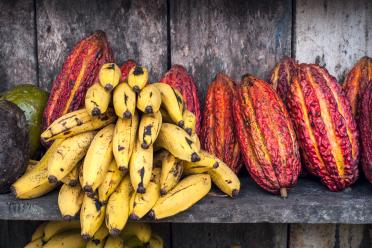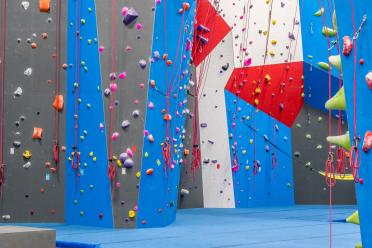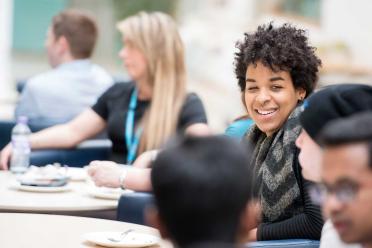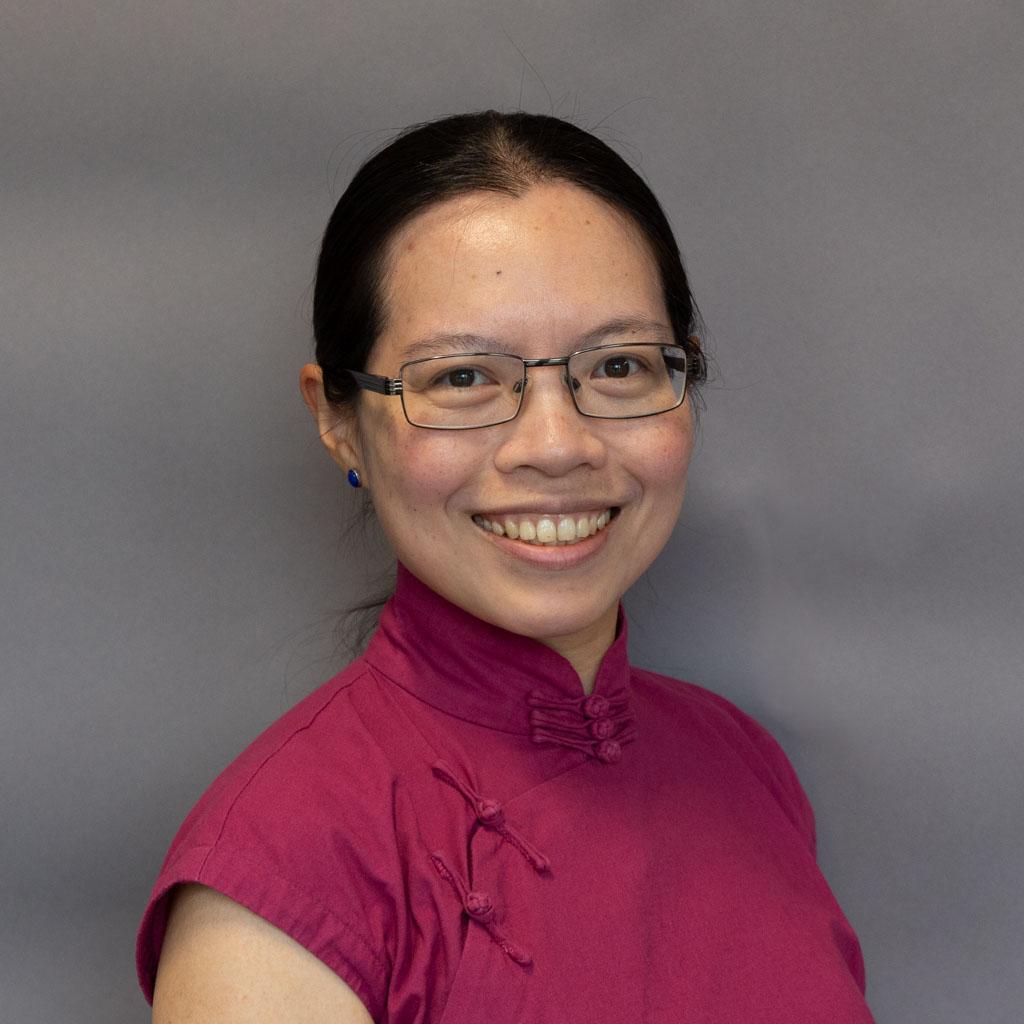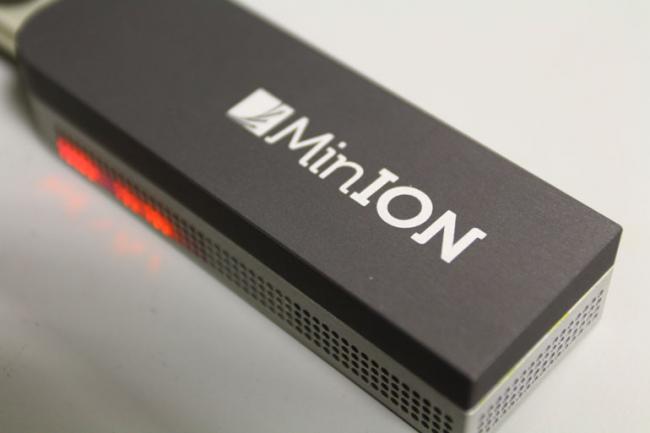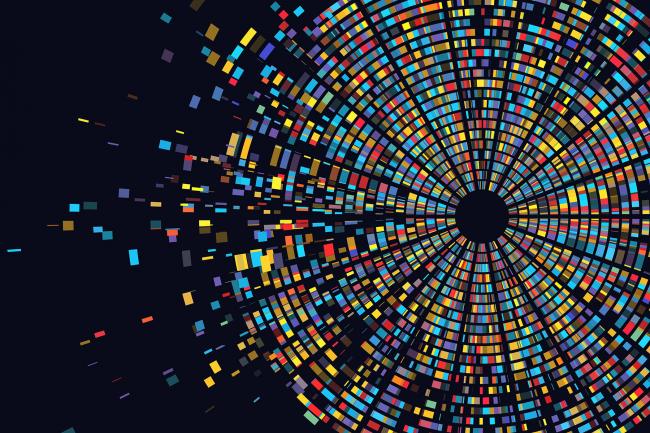Before coming to bioinformatics, I was working on computer lip-reading, i.e., automatically recognising speech with only visual input. Imagine trying to buy a train ticket from a kiosk. Instead of having to go through many steps on the screen, wouldn’t it be nice to just tell the computer through a microphone where you want to go?
However, the station may be noisy and this could make an audio speech recognition system ineffective.
Equipped with also a webcam, a computer can understand you better by reading your lips when the surroundings are very noisy, or by both listening to and seeing what you say when it is quieter.






